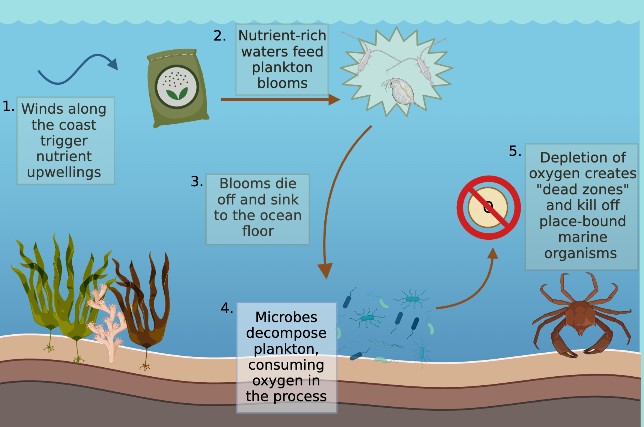Content warning: this article includes mentions of transphobia and suicide.
Rue Dickey found himself feeling helpless and frustrated upon reading the news about the onslaught of anti-transgender legislation sweeping the country this year. In the four months of 2022 alone, nearly 240 anti-LGBTQ bills have been filed in states across the United States. This skyrocketing number is up from around 41 such bills in 2018, and around half of these bills targeting transgender folks specifically. In February 2022, Texas governor Greg Abbott called for teachers and members of the public to report parents of transgender children to authorities, equating providing support and medical care for trans youth to child abuse – a move that made national headlines. It’s imperative that we understand the consequences of this wave of horrific and discriminatory legislation: a survey by the Trevor Project found that 42% of LGBTQ youth have seriously considered suicide within the past year alone, and over half of transgender and nonbinary youth have considered suicide.
Rue (they/he) graduated from Oregon State University in 2019, and they are currently the Marketing Coordinator for the Corvallis Community Center. They also develop and create content for TTRPGs, or Tabletop Role Playing Games. TTRPGs are role playing games in which players describe their characters’ actions and adhere to a set of rules and characterizations based on the world setting, and characters work together to achieve a goal or go on an adventure. They often involve improvisation and their choices shape the world around them. Think Dungeons & Dragons – many TTRPGs involve the use of dice rolling to determine the outcomes of certain actions and events.
Gaming as a way to crowdfund for a cause
Wanting to do something to help children and transgender people living in Texas, Rue decided to turn his passion for TTRPGs into a fundraiser. The online indie game hosting platform itch.io has been used in the past to create fundraisers for charities by bundling together and selling games. A few of Rue’s friends who run a BIPOC tabletop server have had experience with creating profit-sharing bundles using the platform in the past, so after he consulted them and walked through the steps, he set up a bund?ndraiser, Rue wanted to ensure that the money was going directly to transgender people. “At the time, a lot of the larger media outlets were encouraging people to donate to Equality Texas, which works to get pro-queer legislature through in Texas, but they don’t necessarily help trans folks on an individual level.”
After tweeting about the fundraiser and soliciting ideas for charities, he landed on two organizations in Texas that are trans-led and focused on transgender individuals: TENT (Transgender Education Network of Texas, a trans-led group that works to combat misinformation on the community level through the corporate level, offering workshops as well as emergency relief funds for trans folks in need) and OLTT (Organización Latina Trans in Texas, a Latina trans woman-led organization focusing on transgender immigrants in Texas, assisting with the legal processes of immigration, name changes, and paperwork.) Both charities serve transgender folks directly in Texas, and you can donate to the organizations by following the links we have included in the article. Both charities were thrilled to learn about the donation – for OLTT, it’s the largest single donation they have ever received, and they will be able to use it to perform needed renovations and expansions at their shelter facilities.
Since the fundraiser ended, Rue has been interviewed by several national news outlets, including NBC, Gizmodo, and The Mary Sue, as well as gaming-centric websites like Polygon, Dicebreaker, and GamesHub. Although they have received some harassment and nasty DMs, Rue says that the support from the community has vastly overshadowed the naysayers. Similarly, he spoke of the overwhelming rush of support from trans folks, queer folks, and allies to the movement in the face of structural legislation that seeks to harm trans people.
“It restores a bit of my faith in humanity to see that on a structural level, they are trying to get rid of us, but on a community level, there is support – there will always be a place to go and people looking out for you.”
Tune in at 5 PM on Sunday, April 24 for this special episode of Inspiration Dissemination. Stream the show live or listen to this episode wherever you get your podcasts! You can keep up with Rue and their games on twitter and itch.io.
This article was written by Grace Deitzler.


